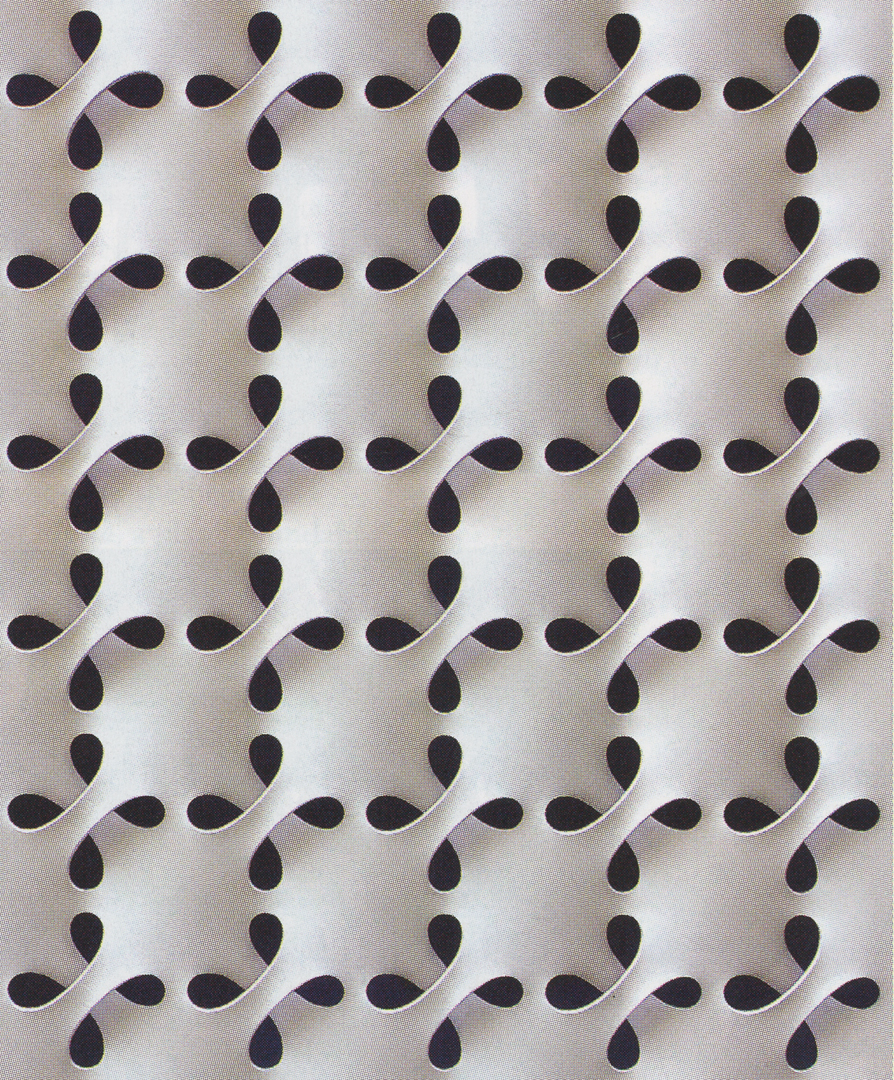
NUMEN/FOR USE
tube
‘combining a transparent, gentle, woven structure, devoid of any hard angles and surfaces, with unsettling heights/vistas and uncanny spatial sensations.’NUMEN/FOR USE

tube
‘combining a transparent, gentle, woven structure, devoid of any hard angles and surfaces, with unsettling heights/vistas and uncanny spatial sensations.’NUMEN/FOR USE

The Immortal
A number of life-support machines are connected to each other, circulating liquids and air in attempt to mimic a biological structure.
The Immortal investigates human dependence on electronics, the desire to make machines replicate organisms and our perception of anatomy as reflected by biomedical engineering.
A web of tubes and electric cords are interwoven in closed circuits through a Heart-Lung Machine, Dialysis Machine, an Infant Incubator, a Mechanical Ventilator and an Intraoperative Cell Salvage Machine. The organ replacement machines operate in orchestrated loops, keeping each other alive through circulation of electrical impulses, oxygen and artificial blood.
Salted water acts as blood replacement: throughout the artificial circulatory system minerals are added and filtered out again, the blood gets oxygenated via contact with the oxygen cycle, and an ECG device monitors the system’s heartbeat. As the fluid pumps around the room in a meditative pulse, the sound of mechanical breath and slow humming of motors resonates in the body through a comforting yet disquieting soundscape.Life support machines are extraordinary devices; computers designed to activate our bodies when anatomy fails, hidden away in hospital wards. Although they are designed as the ultimate utilitarian appliances, they are extremely meaningful and carry a complex social, cultural and ethical subtext. While life prolonging technologies are invented as emergency measures to combat or delay death, my interest lies in considering these devices as a human enhancement strategy.This work is a continuation of my investigation of the patient as a cyborg, questioning the relationship between medicine and techno- fantasies about mechanical bodies, hyper abilities and posthumanism.

APPARITION
Materiality and process are central to Rebecca Ward’s practice and evoke “architectural garments” ripped, unwoven, and re-stitched from fleshtoned canvas duck, leather hide, and silk organza. In her canvas works, the artist removes the weft (horizontal) threads of the fabric to reveal the underlying stretcher bars, highlighting the physical structure of the painting itself. Ward’s artworks reveal and obscure, and by their nature, entice viewers to closely investigate contrasts in line and material, modulations in color, and multi-dimensional layers.

Роуэн Мерш
The essence of Rowan Mersh’s work lies primarily within the complete understanding of a fabric or material. From understanding a textile’s inherent characteristics, from their structure and the way they are knitted, woven or formed, to the yarns used in their construction, an intuitive sense is able to develop. It is this affinity with the cloth that informs possible capabilities and potential for manipulation, and subsequently all his creations.

In Continua
The concepts of continuity and potential infinity have been central themes of Erwin Hauer’s opus from very early on in his career as a sculptor. In his native Vienna, he began to explore infinite continuous surfaces that evolved into perforated modular structures that were appropriate in architectural applications. Hauer’s sculptural walls are intricately woven forms that create a visual sense of infinity – a frozen poetry in motion. He patented these designs, developed the technology to produce them, and installed the modular, light-diffusing walls in buildings throughout the United States and seven other countries.

TETRAGRAMMATON
A dialogue between these two artists on themes of myth, ritual and meaning, as much about their exhaustion and propensity to bewilderment as any potential they may inhere, for recuperation for and by language, culture and society. Joey’s work, ‘Religiously observant’, is inspired by alchemical and occult ideas, the world of spirits and hallucinations. The wall print features a gold CGI blazon of the Tetragrammaton It references the Sumerian mythology of the Annunaki a race of ancient chthonic fertility Gods, subsequently inscribed in a series of publications by Zecharia Sitchin (a kind of elder statesman of conspiracy theorists worldwide) as descendants of aliens, who enslaved the human race to extract gold from the earth. John’s work similarly ranges over territories of opposition: between ancient and contemporary; mythic and kitsch; between the viscid and primordial. It takes as its subject the vector of congealment, in the Marxist sense of the way labour power is congealed in commodities and so forth, extending this metaphor into an aesthetics of myth and ritual, emptied out, flattened, compacted like a sedimentary layer of anthropocene garbage, for the post-historical epoch.The sound component provides an aural complement to this structure of refuse, exhaustion and abjection. Mixing pre- or post-linguistic utterances, grunts, groans, screaming: a kind of secular glossolalia chaotically interwoven with whalesong, deep techno and political oratory.